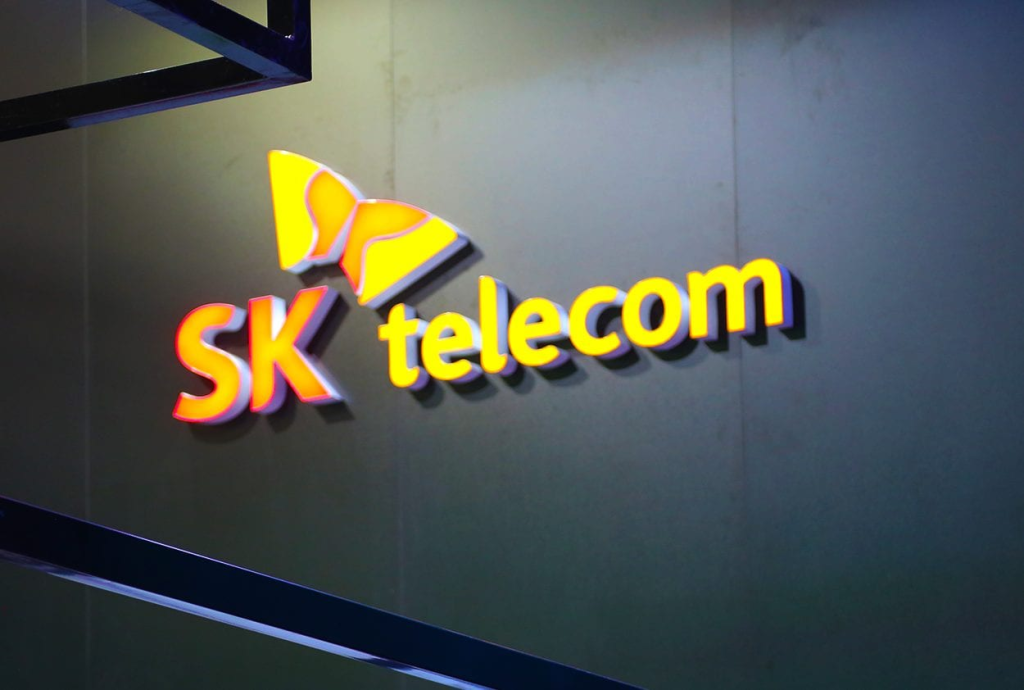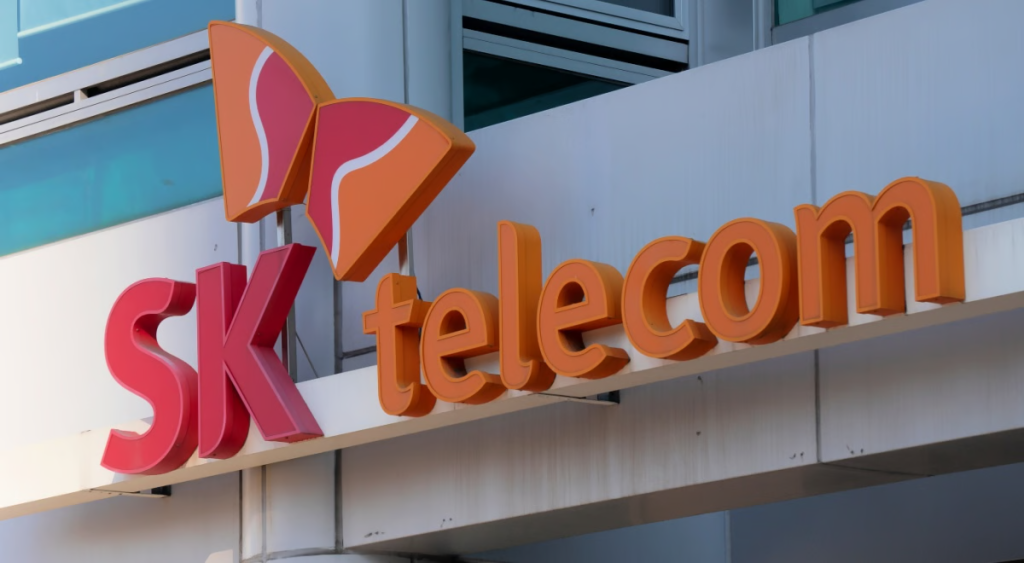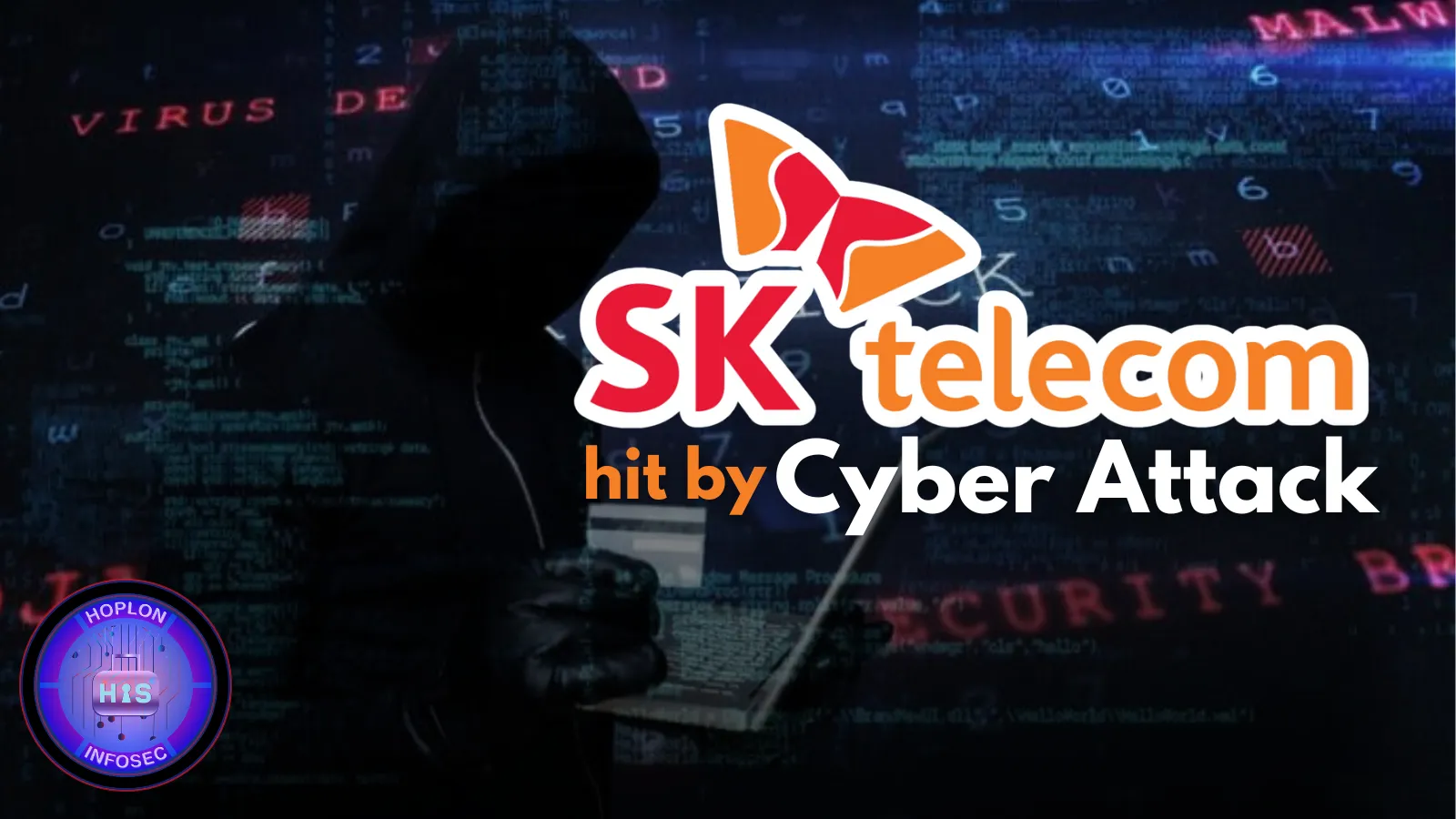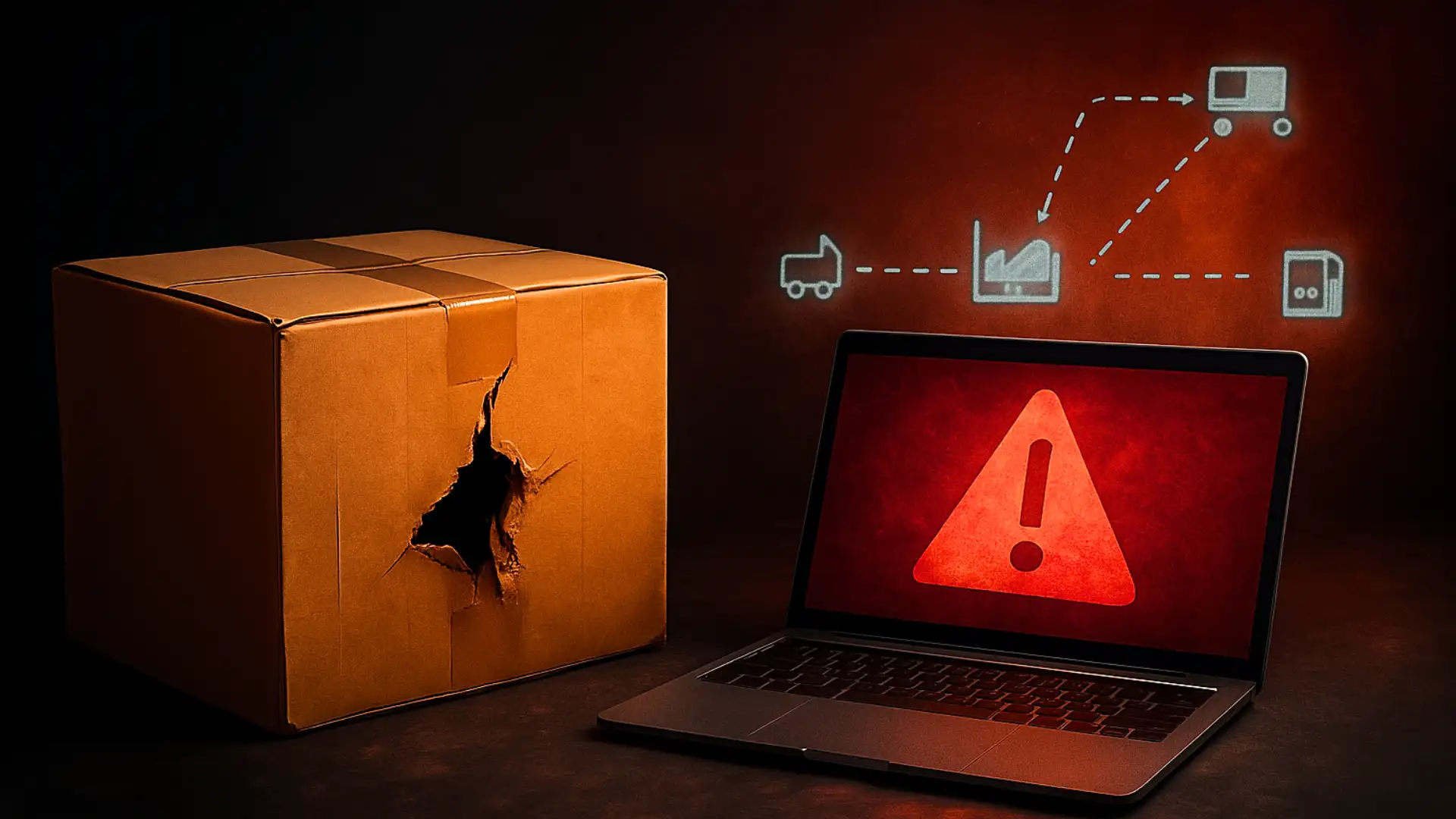In an era when our mobile devices are practically extensions of ourselves, what happens when the companies that connect us become vulnerable? That’s the question South Korea grappled with after SK Telecom, its largest mobile service provider, fell victim to a devastating cyberattack that exposed sensitive subscriber data linked to SIM cards.
With over 25 million active users, SK Telecom isn’t just a big name—it’s the country’s backbone for mobile connectivity. When a company of this scale suffers a data breach, the ripple effects are immediate and widespread. From legal consequences to national security concerns, this incident is described as one of South Korea’s most severe telecom breaches.
This blog will briefly summarize the SK Telecom breach: what happened, how it was handled, what it means for businesses and consumers, and what lessons can be learned to better protect your organization.
What Happened?

On April 18, 2024, SK Telecom detected abnormal activity within its internal system. After an internal probe, the company discovered that Malware had been injected through a third-party vendor’s software, leading to unauthorized access to USIM data—short for Universal Subscriber Identity Module, which is essentially the digital DNA of your SIM card.
The compromised information included:
- IMSI (International Mobile Subscriber Identity) numbers
- MSISDN (Mobile Station International Subscriber Directory Number) is a fancy term for mobile numbers
- Authentication keys
- Other SIM-embedded credentials
This type of data isn’t just random numbers and codes. It’s the foundational data used to identify, authenticate, and connect mobile users to networks. If that data falls into the wrong hands, it can lead to SIM swapping, identity theft, financial fraud, and potentially national-level espionage.
Timeline of Events: A Closer Look
- Before April 18, Malware was unknowingly installed through a software update from a third-party vendor.
- April 18: SK Telecom detects and begins investigating suspicious activity.
- In the following days, Malware is removed, affected servers are isolated, and regulatory agencies like the Korea Internet and Security Agency (KISA) are notified.
- April 25: SK Telecom publicly discloses the breach, seven days after detection.
- May 1 onward: Customers begin experiencing issues with the company’s SIM protection service, as systems are overwhelmed with access requests.
The seven-day delay between detection and disclosure sparked criticism. In today’s digital landscape, every hour of silence after a breach increases the risk to consumers and the broader digital ecosystem.
How Did SK Telecom Respond?

After discovering the breach, SK Telecom took several immediate steps:
- Malware Eradication – The malicious software was removed from the system to prevent further data extraction.
- System Isolation – Servers and endpoints suspected of compromise were shut down or segmented from the network.
- Regulatory Reporting – Authorities, including the KISA and Personal Information Protection Commission, were promptly informed.
- SIM Card Replacement Program – Affected customers were offered free replacement SIMs, though many were left frustrated by delays and vague instructions.
- Access to USIM Protection Service – SK Telecom encouraged users to activate their USIM Protection feature. Ironically, the service itself became hard to access due to system overload.
- Public Apology and Transparency Reports – The company issued public statements and began working on long-term remediation plans. But for many, the damage had already been done.
What Are the Real-World Implications?
1. Trust Erosion
Over 70,000 subscribers have already switched to other providers. In markets where users have multiple telecom options, trust is everything.
2. Legal Backlash
Class-action lawsuits are already forming. South Korea’s stringent personal data protection laws and regulatory penalties can be substantial.
3. Financial Market Reaction
SK Telecom’s stock price fell by more than 8.5%, reflecting lost investor confidence. Sometimes, a cyberattack isn’t just a tech issue—it’s a shareholder crisis.
4. Increased SIM Swapping Risks
Hackers can use exposed data to clone SIM cards and gain access to banking apps, two-factor authentication codes, and personal accounts.
5. Wider Industry Alarm
Regulators have launched audits on other telecom firms, and financial institutions are tightening their mobile security protocols.
Why Should Other Businesses Care?
You might think, “Well, we’re not a telecom giant like SK Telecom.” But here’s the reality: you’re a potential target if you manage customer data, especially data tied to mobile devices.
Let’s break down some of the universal lessons:
A. Third-party vendors are a Vulnerability
SK Telecom’s breach didn’t stem from an internal error but from compromised software by a third-party vendor. This highlights the need for third-party risk management, especially considering many businesses rely on external vendors for crucial systems.
B. Delayed Disclosure Can Amplify Damage
The seven-day delay in public disclosure led to massive public backlash. A well-prepared business should have a cyber incident response plan with rapid, transparent communication. The longer you wait to tell customers, the worse it gets.
C. Mobile-Based Threats Are Evolving
SIM-swapping is no longer a niche cybercrime. It’s mainstream. Any service that uses SMS-based authentication or OTPs is vulnerable if SIM data is breached. This is a rising problem for telecoms and anyone dealing with customer accounts, logins, and two-factor authentication (2FA).
D. Cybersecurity Is a Business Priority
When cybersecurity fails, so does brand reputation, customer retention, and stock performance. It affects every department. With the rise of cybercrime, businesses can no longer afford to treat security as an afterthought or a niche IT issue.
How to Protect Your Organization

The SK Telecom breach is a stark reminder that every business, large or small, is a potential target for cyber threats. So, how can you reduce the risk of similar incidents in your organization? Here are a few critical steps:
1. Third-Party Risk Management
Vet every third-party vendor you work with. Ensure they follow your company’s stringent security protocols, especially if they can access sensitive customer data.
2. Data Encryption
Encrypt data both at rest and in transit. This way, even if unauthorized access occurs, it will be much harder for attackers to use the stolen information.
3. Incident Response Plan
Make sure your business has a robust incident response plan. This plan should include clear steps for quickly containing the breach, notifying the right people, and communicating with your customers. Being slow to act only worsens the damage.
4. Continuous Monitoring
Cyberattacks don’t announce themselves. Make sure your systems are continuously monitored for unusual activity and anomalies.
5. Employee Training
Your employees are often the first line of defense. Regularly train them on recognizing phishing attempts, managing passwords, and following best practices for security.
6. Update and Patch Regularly
Keep all software—especially those from third-party vendors—up to date. Regularly applying patches can close known security vulnerabilities and reduce your risk.
Final Thoughts
The SK Telecom data breach is a cautionary tale for organizations of every size. In today’s digital-first landscape, it does not matter if you’ll be targeted—it’s when. And when that moment comes, your response will determine whether your customers trust you again.
Businesses must understand that cybersecurity is not a one-off investment but an ongoing commitment to protecting their digital infrastructure, sensitive data, and, most importantly, their customers.
As we’ve seen with SK Telecom, security breaches are inevitable, but how a business responds can make all the difference. Proactively securing your systems and building a culture of awareness is the best defense against future cyberattacks.




